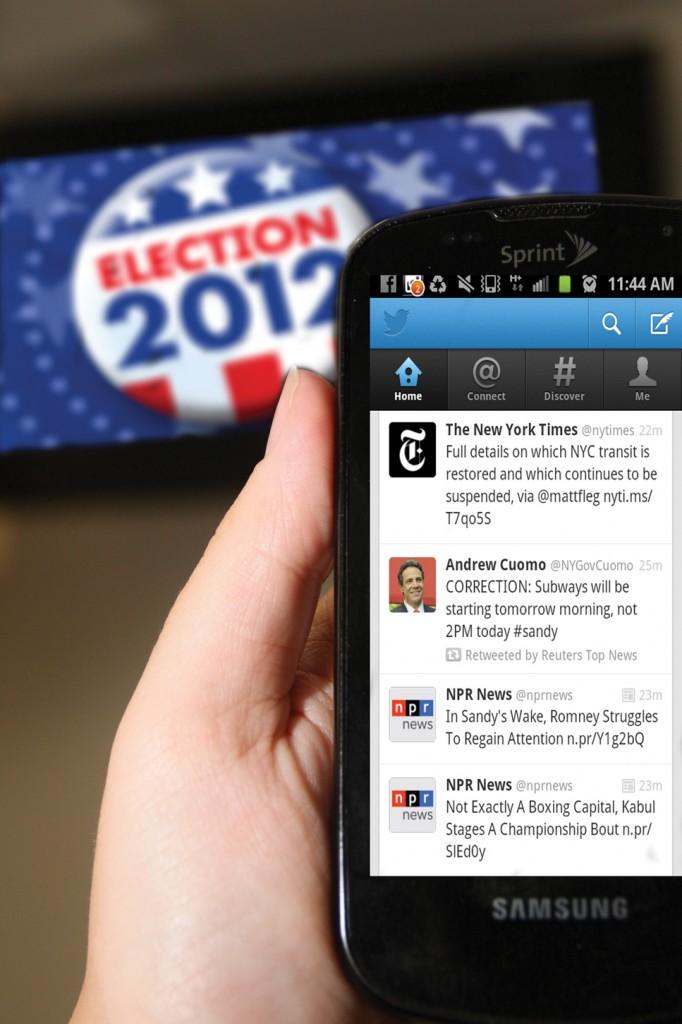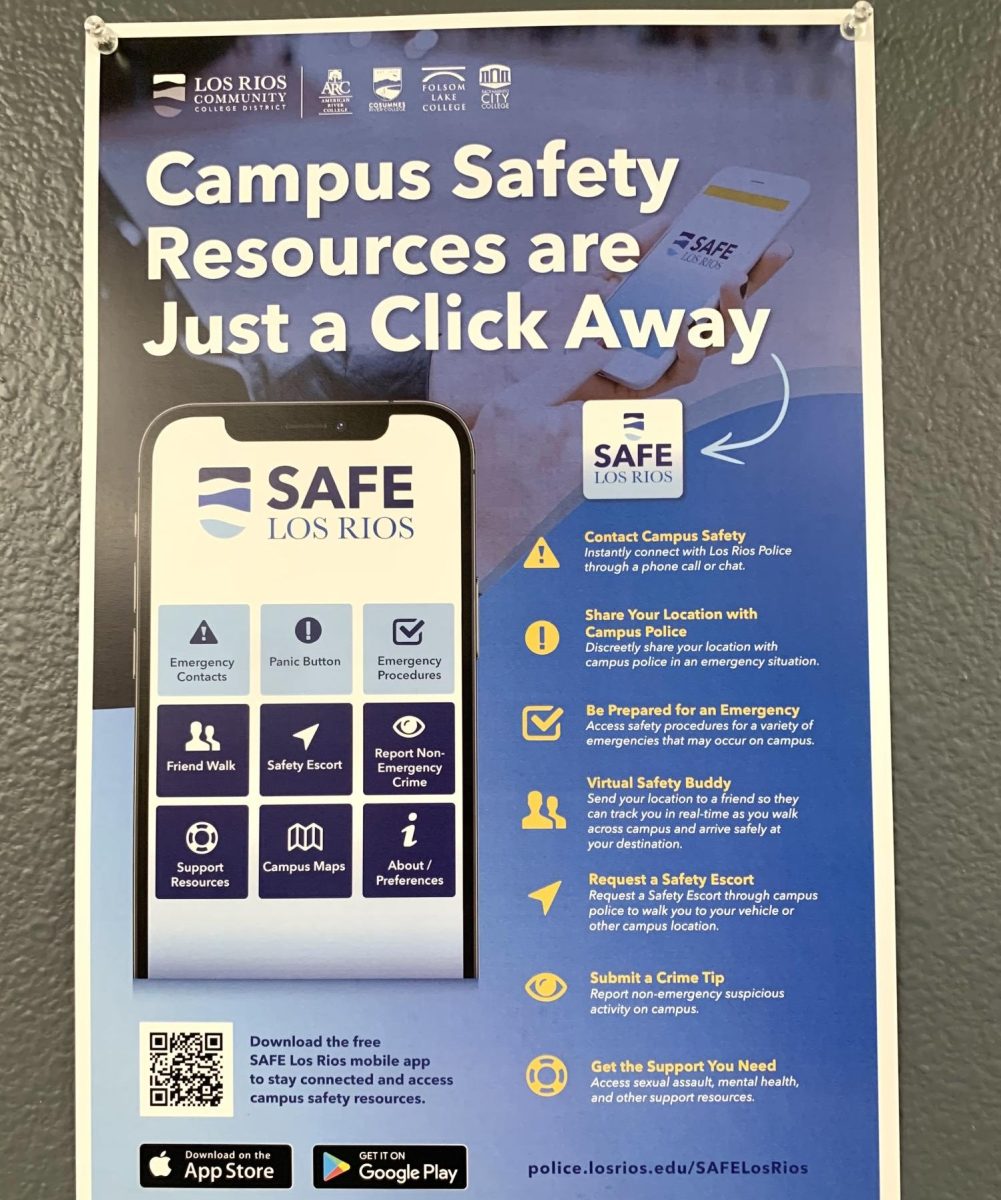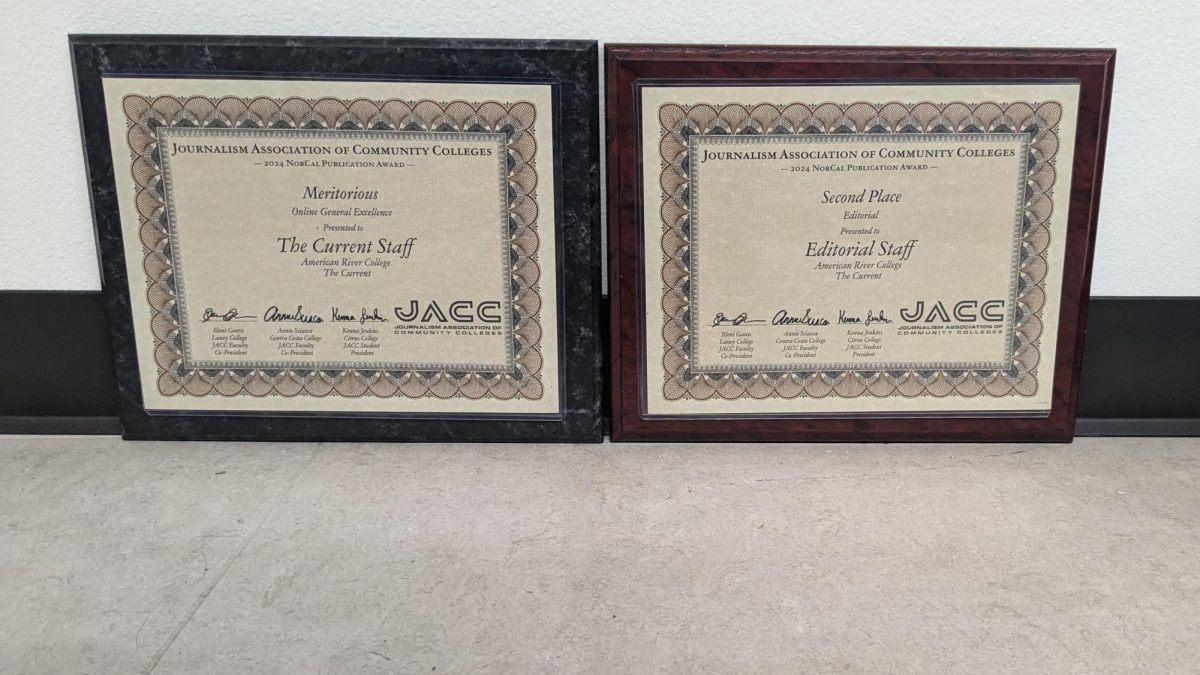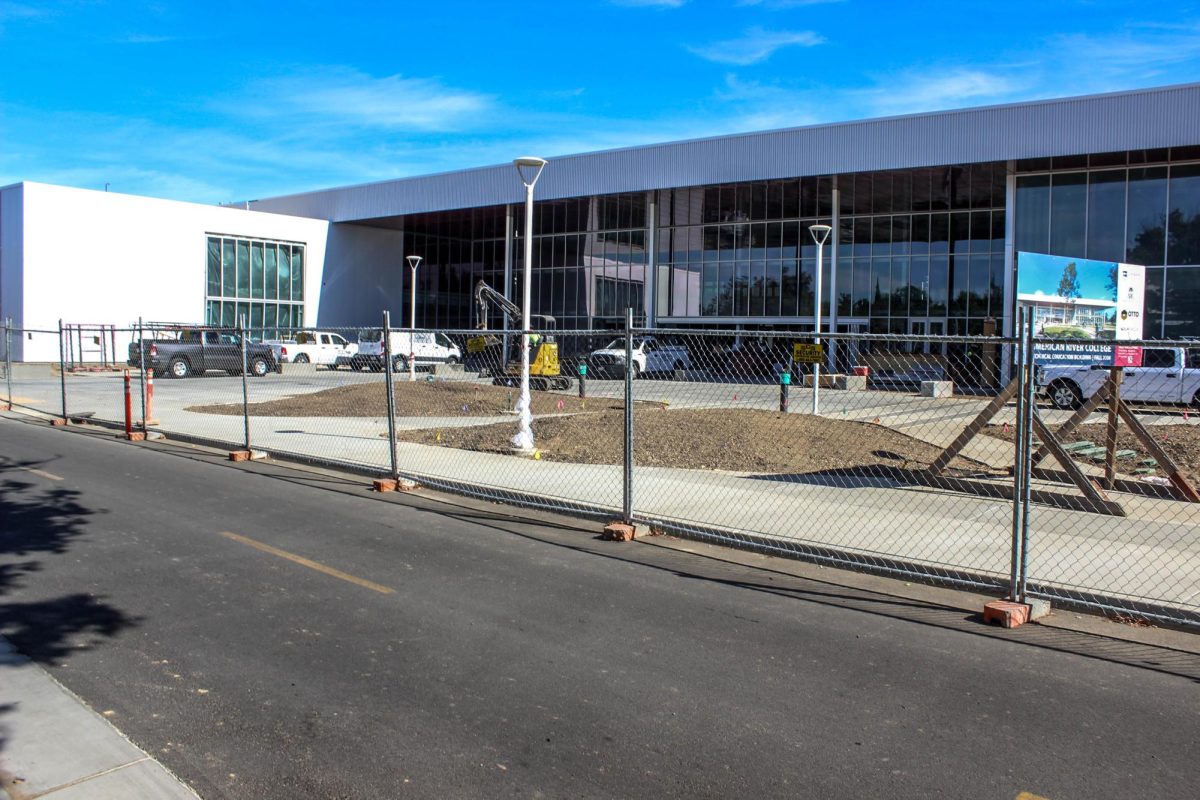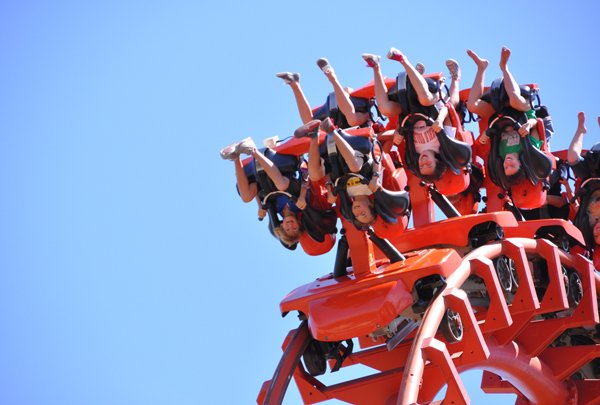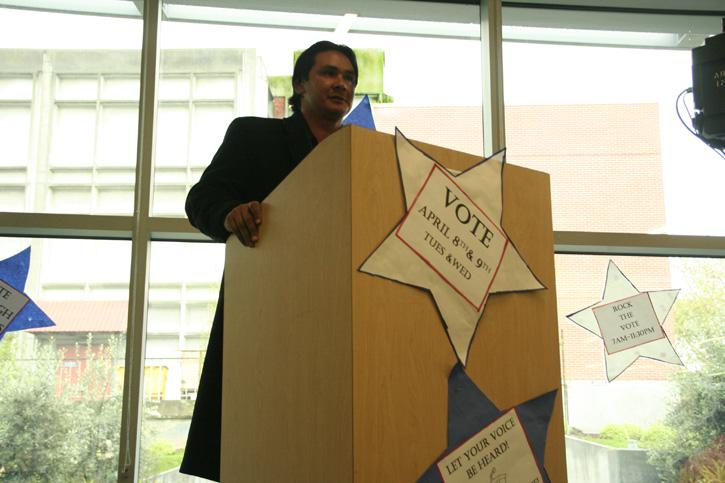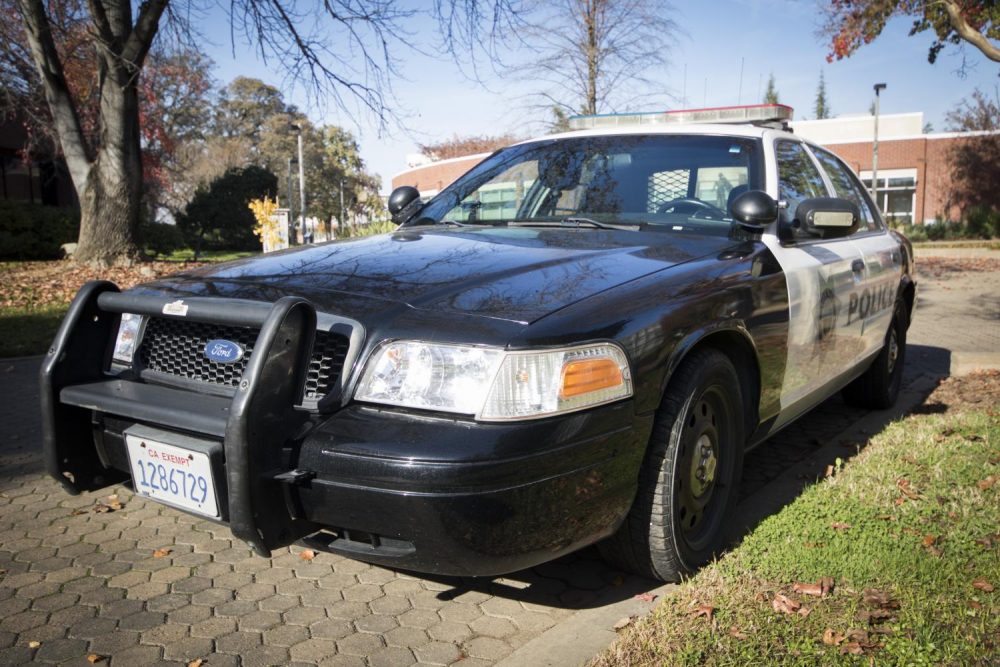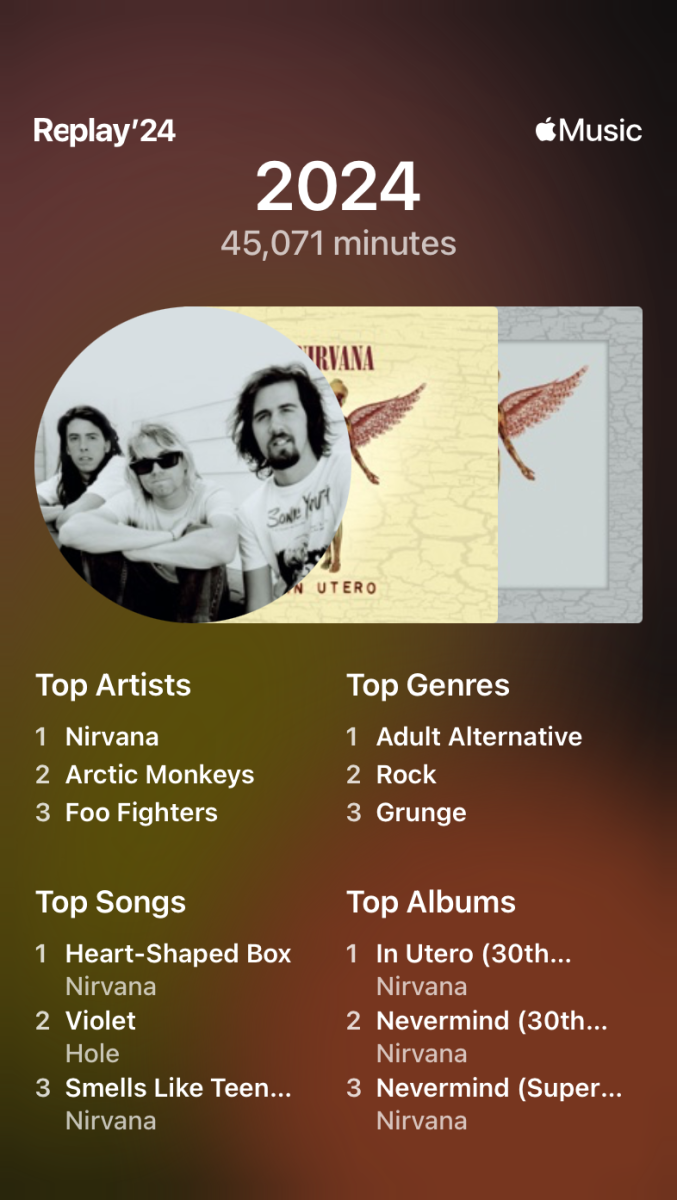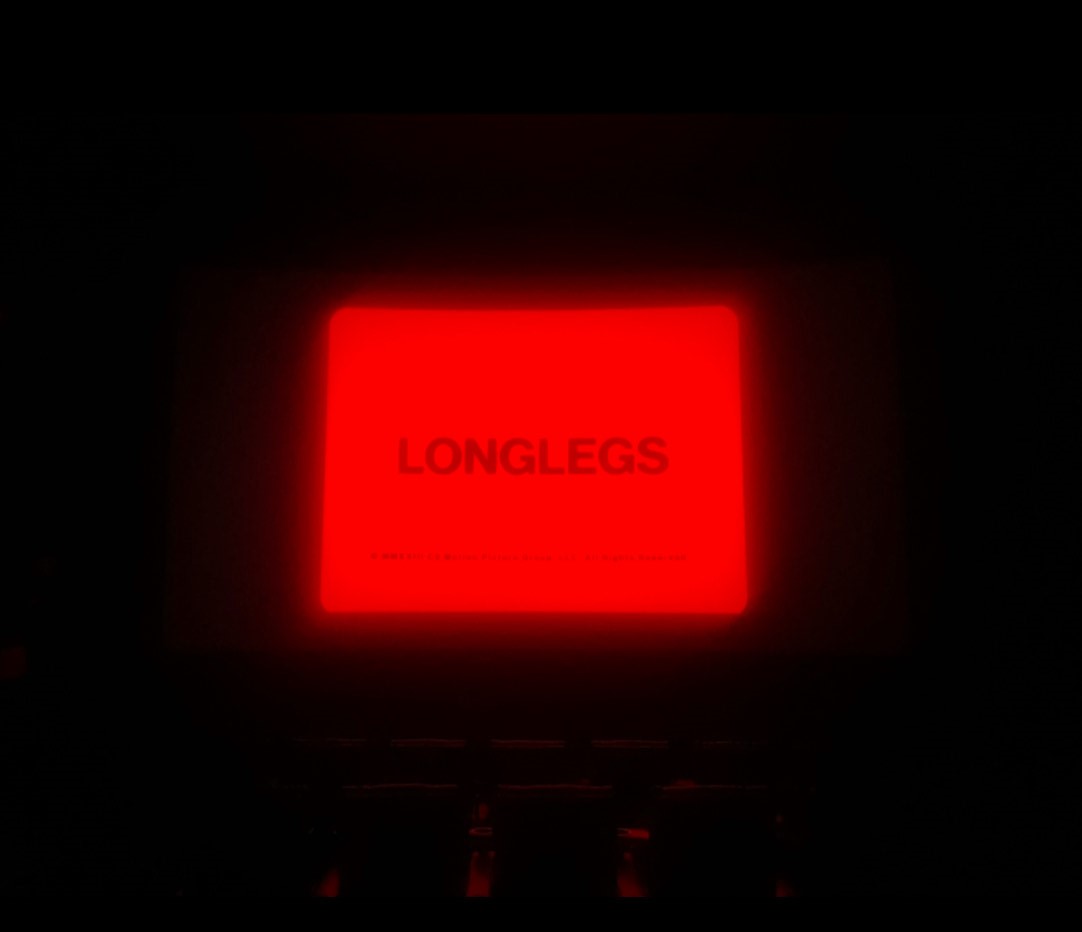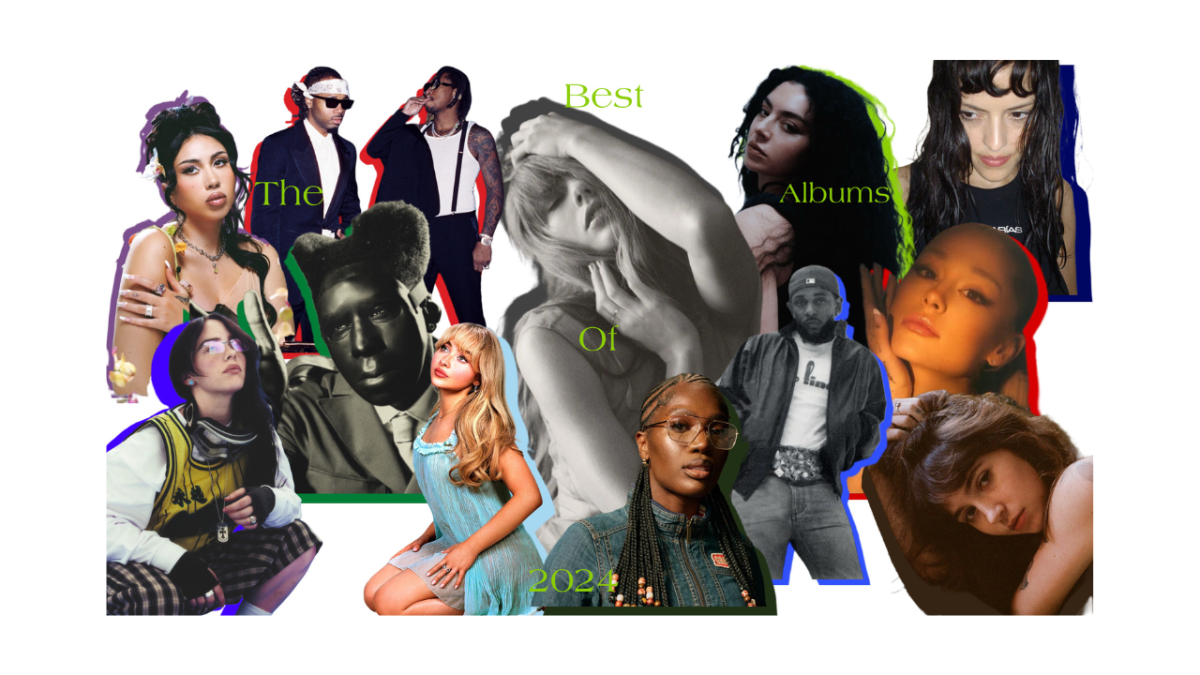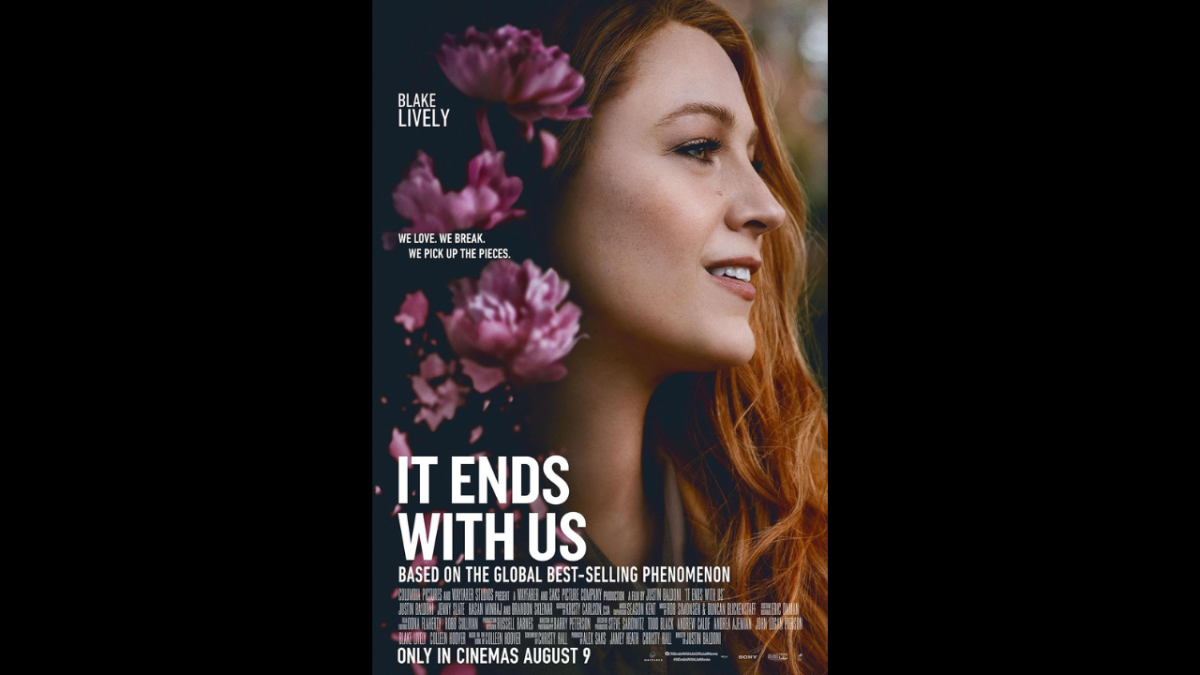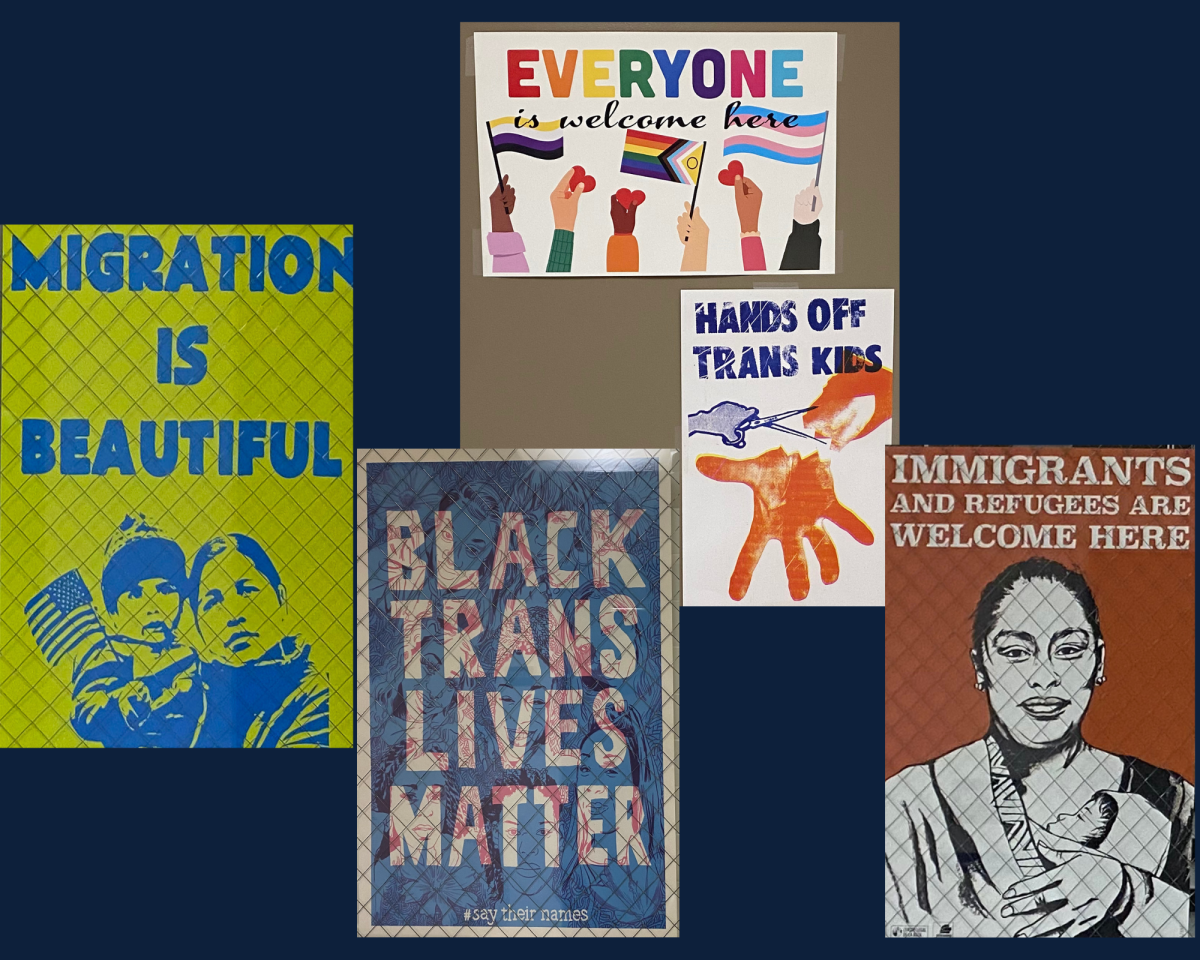How the rise of technology, social media and multi-screen viewing has changed the ways of television
If Joe Everyman owns a cellphone, there’s a good chance he never turns it off, even when he’s watching another screen.
Because he is a responsible citizen, Everyman watches the presidential debates without fail. But because politicians have to spin, well, everything, he boots up his smartphone web browser to FactCheck.org to make sure he can shuffle through the political flotsam and jetsam.
And of course, the next one-and-a-half hours would be a snore fest, if not for his trusty Twitter feed full of friends, rivals and comedians providing real-time commentary.
What Everyman is experiencing is how most cellphone uses consume media now – what media experts call multi-screen viewing.
Far from the one screen tyranny of the past, the new multi-screen viewing phenomenon is more ubiquitous than you’d think. According to Pew Research Center, 52 percent of smartphone owners in the US incorporate their devices into their watching experiences. This amounts to about 162 million people.
Twenty-three percent use their cellphones to talk with others watching the same program in a different location. ARC students and proud multi-screeners aren’t letting distance stop them from watching shows with friends and loved ones.
“This happens all the time,” says ARC student Antonio Maldonado. “Sometimes I’ll be watching TV and I’ll text a friend ‘oh my god, this episode of “Doctor Who” is amazing.’ Lots of people I know do this too.”
While British sci-fi brings viewers together through the miracle of modern communication, the wireless camaraderie is perhaps strongest when it comes to sports watching.
“I always get on Twitter and Facebook when watching sports,” says journalism major Jared Thornburg. “I like to boast when my team is winning or vent frustration when they’re losing. It’s a bit of a Sunday ritual.”
During game four of the 2012 World Series, the San Francisco Giants not only dominated the game, but they also conquered the Twitter-sphere. The hashtag #SFgiants topped out at nearly 100,000 on Oct. 29 alone.
A lie can be fact checked quicker than you can say, “Google it!” Twenty-two percent of multi-screeners use their cellphones to fact check something they heard on TV. During campaign season, Twitter lights up with spin doctors, politicos and tons of opinionated will-be voters.
“My favorite part is that people say things that they wouldn’t say in person, they show their honest opinions,” says ARC Biotechnology student Jayde Yates. “I got into many arguments with other people on Twitter.” Anyone who’s plugged into a social media site is inundated with political news and opinion.
“There were twice as many tweets about the presidential debate in Denver than there were about all the debates in 2008,” says Twitter spokesperson Shavone Charles. Hashtags have changed the way ideas are spread online. “We’ve moved from a 24-hour news cycle to a 140-character news cycle.”
Politicians are keeping a finger on the pulse of Twitter’s popularity. “One in five world leaders have a Twitter account. It allows instant connectivity with constituents and they can use the platform to steer voters into their camps,” says Charles.
Some even think social media like Twitter is the democratization of mass communication.
“Social media has allowed and encouraged lots of people to be engaged in the issues of today,” says ARC student Chuck Livingston. “We’ve seen it’s influence during Occupy Wall Street and the Arab Spring protests. It’s allowed everyone to keep the mainstream media in check.”
How does the future of multi-screen viewing look? “It hasn’t been written nor has it been broadcast,” according to media expert Brian Solis. “It will be up to the new generation of media consumers to decide that.”
“A hashtag is not a second or third screen experience. Right now, viewers are taking to multiple screens without any direction.”


